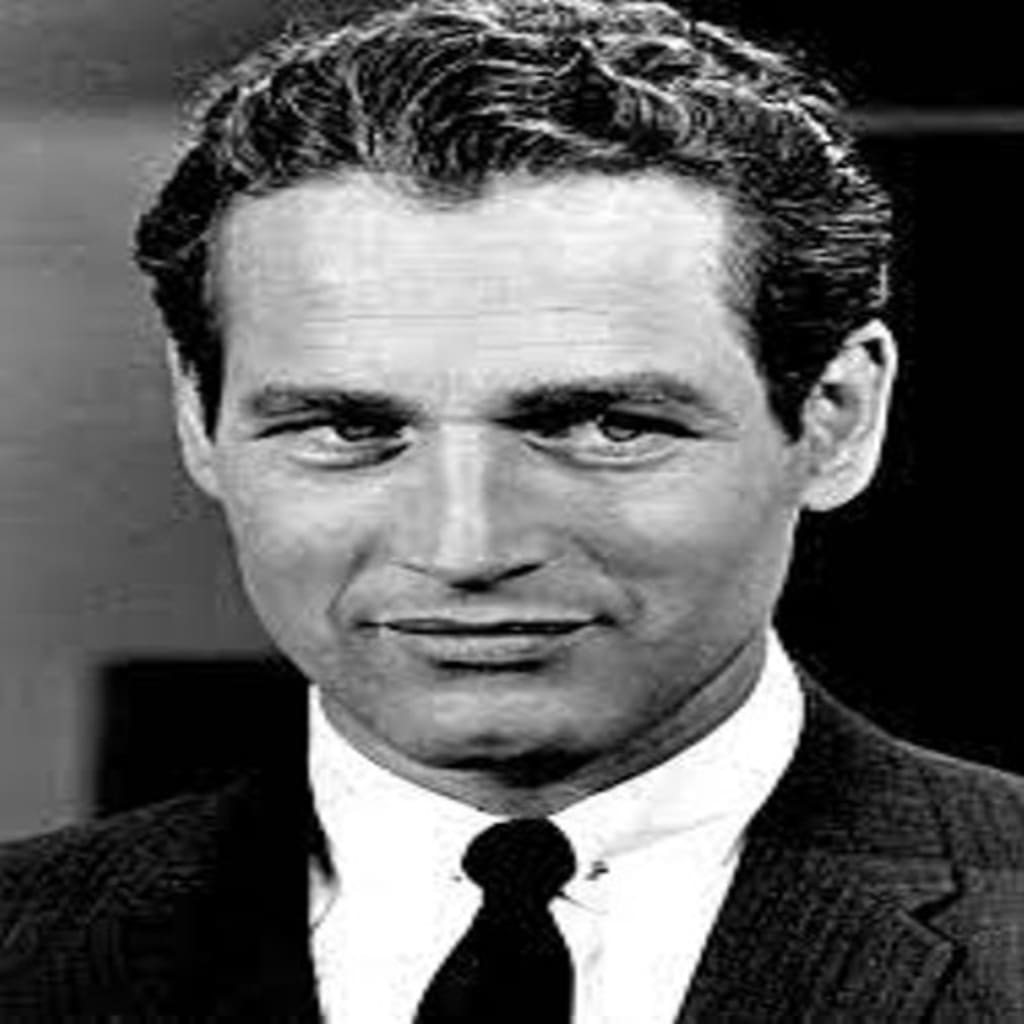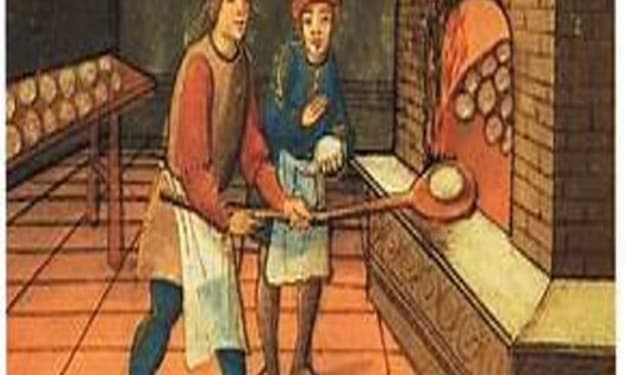
Paul Newman, born on January 26, 1925, in Cleveland, Ohio, was a renowned actor who left an indelible mark on the world of film. He was not only celebrated for his exceptional acting talents but also for his dedication to philanthropy and his passion for race car driving. This biography offers an in-depth look at the life and legacy of Paul Newman.
Early Life and Career
Paul Leonard Newman grew up in Shaker Heights, Ohio, with his parents, Arthur and Teresa, and older brother, Arthur. His father owned a sporting goods store, and his mother had a love for the theater. While Newman initially showed interest in football during high school and briefly attended college, he later enlisted in the U.S. Navy Air Corps during World War II. Despite his dream of becoming a pilot, his colorblindness led him to serve as a radio operator in the Pacific.
After leaving the military in 1946, Newman attended Kenyon College on an athletic scholarship. However, a series of events, including trouble and a change in interests, led him to major in theater. His journey into acting began when he did summer stock theater in Wisconsin in 1949, where he met his first wife, Jacqueline Witt. They soon married, and Newman continued his acting pursuits.
Broadway and Film Debut
In 1953, Paul Newman made his Broadway debut in William Inge's Pulitzer Prize-winning comedy, "Picnic." During rehearsals, he crossed paths with actress Joanne Woodward, who was serving as an understudy for the production. Although attracted to each other, Newman, who was still married at the time, did not pursue a romantic relationship with Woodward.
Newman's career began to flourish, and he made his film debut in "The Silver Chalice" in 1954, despite receiving poor reviews for his performance. However, his talents shone on Broadway, particularly in "The Desperate Hours" in 1955, where he played an escaped convict who terrorizes a suburban family.
Rising Star
Television provided Newman with a platform to showcase his acting abilities. Notably, his appearance in an episode of "Philco Playhouse" led to feature films such as "Somebody Up There Likes Me" (1956) and "The Left-Handed Gun" (1958).
In 1958, Newman starred as Brick in the film adaptation of Tennessee Williams' "Cat on a Hot Tin Roof," opposite Elizabeth Taylor. This role earned him his first Academy Award nomination, marking the beginning of his journey to becoming one of the finest actors of his time.
The 1960s: Success and Stardom
The 1960s saw Paul Newman's star ascend to greater heights. He portrayed significant roles in films such as "Exodus" (1960) and "The Hustler" (1961), in which he played the part of the legendary pool player Fast Eddie. His performance earned him another Academy Award nomination.
In 1969, Newman starred alongside Robert Redford in "Butch Cassidy and the Sundance Kid," a film that resonated with audiences and became a massive hit. The chemistry between the two actors was undeniable, leading to their successful partnership in "The Sting" (1973).
Academy Award Win and Beyond
Paul Newman's quest for an Academy Award finally came to fruition in 1986 when he won the Oscar for Best Actor for his role in "The Color of Money." This film allowed him to revisit the character of Fast Eddie and demonstrate his acting prowess once more.
Throughout the 1980s, Newman continued to earn critical acclaim for his work in films such as "Absence of Malice" (1981) and "The Verdict" (1982). His portrayal of complex characters showcased his range as an actor.
Philanthropy and Newman's Own
Outside of his acting career, Paul Newman made significant contributions to philanthropy. In the early 1980s, he co-founded Newman's Own, a food company that donates all of its profits and royalties to educational and charitable causes. Starting with salad dressing, the company expanded its product line, and over $250 million has been donated to charities worldwide.
Newman also established the Scott Newman Center to combat drug abuse through educational programs. Additionally, he created the Hole in the Wall Camps, providing children with life-threatening illnesses the opportunity for a memorable free holiday.
Later Years and Legacy
In 2007, Paul Newman announced his retirement from acting due to health issues. His final on-screen appearance was in the animated film "Cars" (2006), where he lent his distinctive voice to the character of Doc Hudson.
On September 26, 2008, Paul Newman passed away at his home in Westport, Connecticut. His death was met with an outpouring of tributes and praise for his contributions to film, philanthropy, and racing.
Paul Newman's enduring legacy extends far beyond the silver screen. His remarkable career, commitment to charitable causes, and passion for race car driving have left an indelible mark on the world, making him a beloved and respected figure in both Hollywood and the broader community.
About the Creator
Enjoyed the story? Support the Creator.
Subscribe for free to receive all their stories in your feed. You could also pledge your support or give them a one-off tip, letting them know you appreciate their work.





Comments
There are no comments for this story
Be the first to respond and start the conversation.